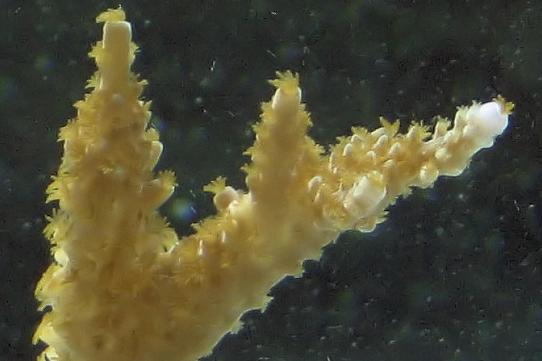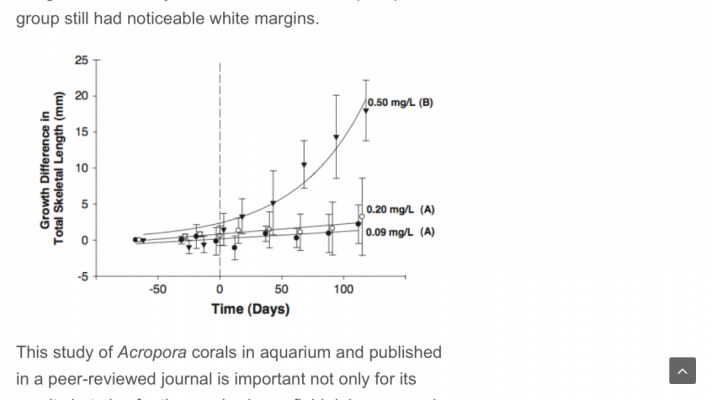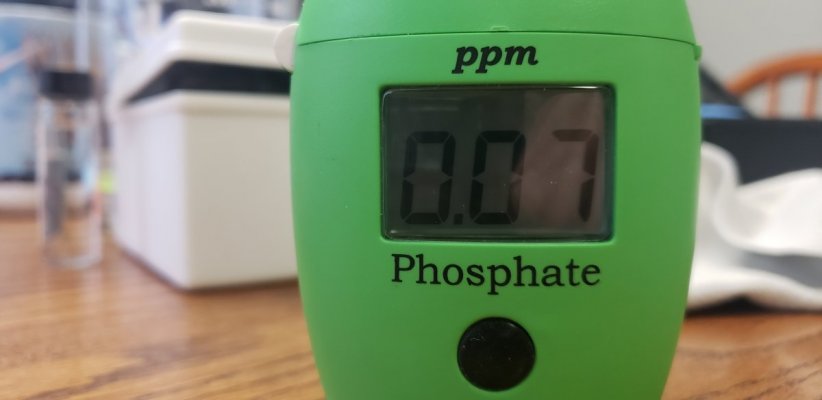- Joined
- Aug 14, 2019
- Messages
- 4,198
- Reaction score
- 12,164
A study evaluating acro growth at various phosphate levels, everything else held constant.Really interesting thread!
Some food for thought:
- Hobby tests kits measure orthophosphate, and not other forms, so how much total phosphorus is actually present in a given aquarium is not often known. Probably a minor difference, but worth considering since bacterial action can convert organic phosphate back into inorganic form.
- The same goes for NO3: other forms of nitrogen available to corals and their symbionts like organic N (amino acids) and inorganic N as ammonium are usually not being factored in when talking about "N-P ratios".
- As @living_tribunal mentioned, elevated PO4 can result in increased tissue growth rates at the expense of the integrity of the animal's calcium carbonate skeleton and lead to more fragile corals. Increased growth and coloration aren't in themselves a proxy for determining overall coral health. Upping PO4 to encourage growth should probably be done carefully in tanks with lower alkalinity. Running at elevated alkalinity can help the skeletal growth keep up with the increased tissue growth.
- I'm not aware of any research looking at phosphate specifically, but there are some papers showing that elevated NO3 can either increase OR decrease growth rate in corals depending on the species. It would be really cool to see that Rosset et al. paper expanded on to corals other than Euphyllia paradivisa to see if species makes a difference in those ratios.

New study documents increased growth of staghorn Acropora in higher phosphate levels | Reef Builders | The Reef and Saltwater Aquarium Blog
Acropora corals are a mysterious creature with complex needs and one of those that we thought we’d nailed long ago was their “need” for minimal phosphate concentration in the water. A new study by…
reefbuilders.com



















